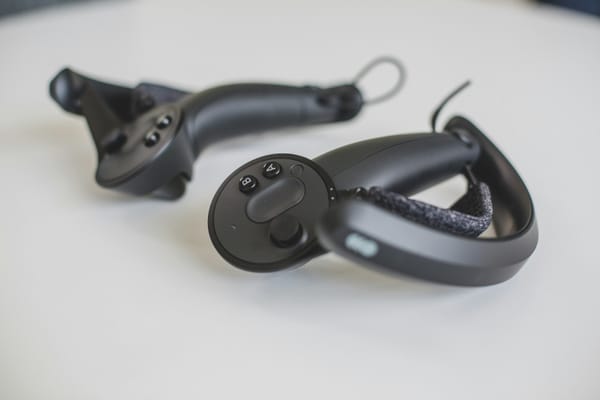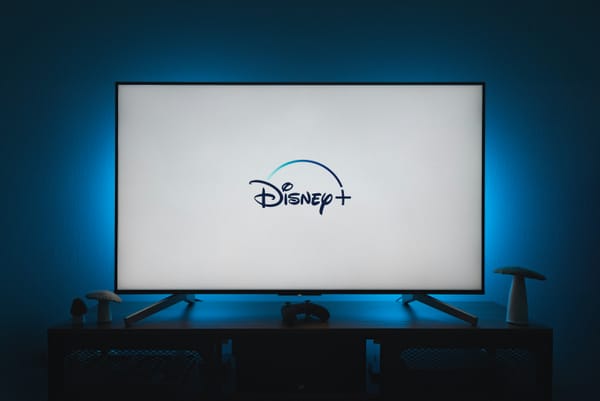10 Best Multiplayer VR Games in 2024
Step into the immersive world of virtual reality with these top multiplayer VR games. Get ready for an unforgettable gaming experience!

Step into the immersive world of multiplayer VR games, where you can connect with friends and family like never before. These interactive experiences offer a fresh, exciting way to engage with others, making the adventure even more fun. With the latest technology, such as the Oculus Quest Pro Controllers, your gaming experience will be even more realistic and interactive, drawing you in like never before! Dive into the world of VR gaming today!
Table of Contents
- How Can VR Headsets Transform Conventional Workspaces into Dynamic Virtual Environments
- What Role Do Multiplayer VR Games Play in Fostering Team Collaboration in Virtual Offices
- Can VR Gaming Principles Improve Productivity in Virtual Work Environments
- How Do VR Headsets Facilitate Better Communication and Interaction Among Remote Teams
- What Are the Advantages of Integrating Multiplayer VR Gaming Features into Virtual Workstations
- How Can Virtual Reality Enhance Creative Problem-Solving in Remote Work
- 10 Best Multiplayer VR Games in 2024
- Complete Step-by-Step Guide On How To Use Fluid's Free Apple Vision Pro Alternative for Meta Quest
- Get The Apple Vision Pro Experience for A Fraction of The Cost With Fluid
How Can VR Headsets Transform Conventional Workspaces into Dynamic Virtual Environments
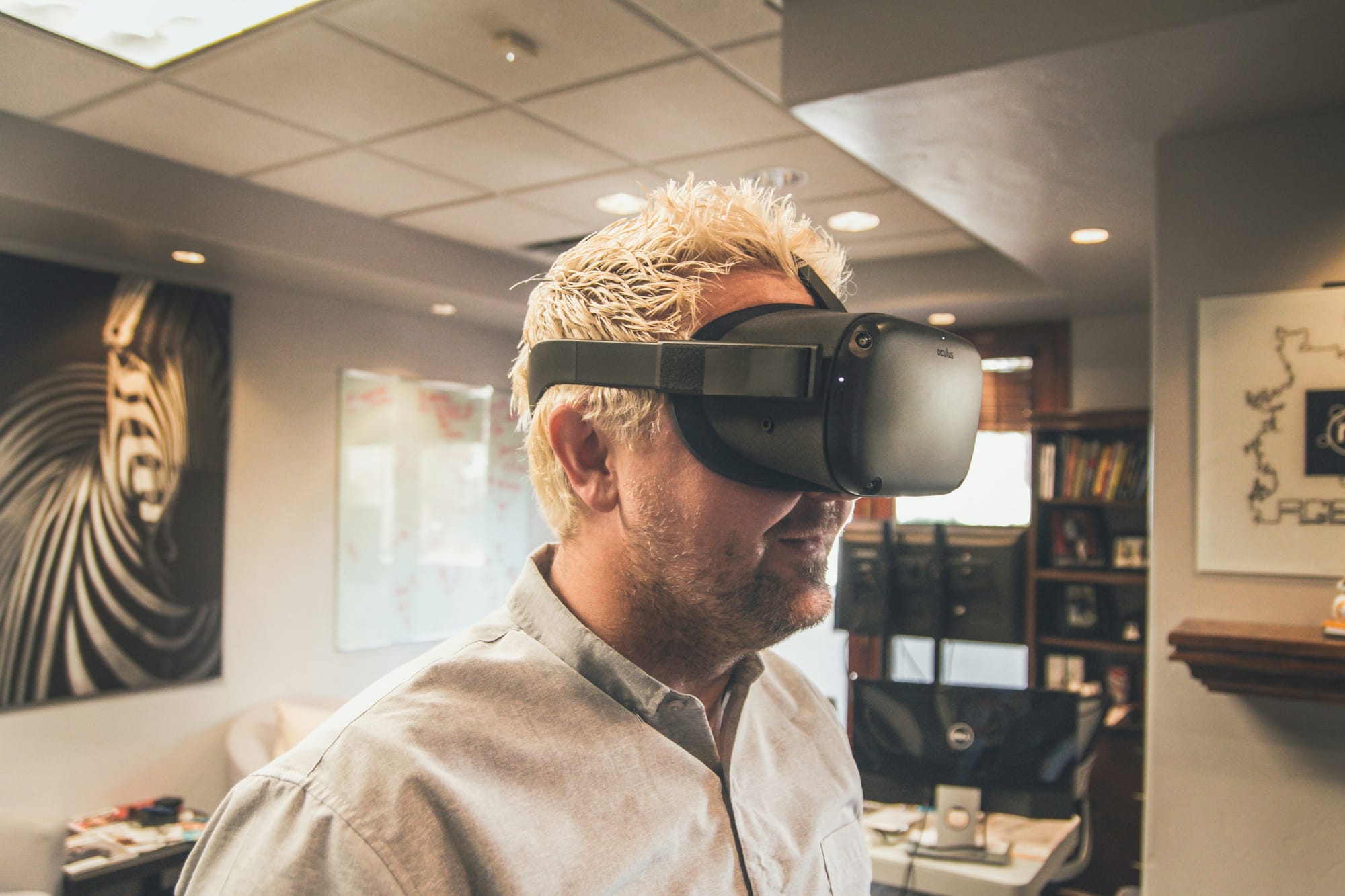
VR technology is revolutionizing traditional workspaces by creating immersive and interactive environments, facilitating a shift from physical to virtual offices. This transformation allows employees to interact with each other and their work tools in a collaborative and engaging manner, even if they are miles apart geographically.
Impact of the Pandemic: Accelerating VR Adoption in the Workplace
COVID-19 has accelerated the adoption of VR technology in the workplace, with statistics showing a substantial increase in usage during this period. According to Oberlo, the pandemic has led to a massive increase in VR usage, with an estimated 71% increase in VR and AR headset sales year-over-year. This surge in interest reflects the growing importance of virtual reality in bridging the physical gap between remote workers and creating a cohesive work environment.
Benefits for Remote Work: Enhancing Collaboration and Reducing Costs
VR workspaces provide several advantages for remote work, including enhanced collaboration among team members, reduced travel costs, and the ability to simulate realistic office environments for remote workers. By creating virtual offices, employees can engage in real-time discussions and improve team dynamics, leading to increased productivity and creativity even when working remotely.
Challenges and Solutions: Overcoming Barriers to VR Adoption
While the benefits of using VR in the workplace are evident, there are several challenges to consider. High technology costs, user training, and overcoming resistance to change are common issues faced by organizations looking to adopt VR for workspaces.
Solutions to these challenges include developing a clear ROI model, providing comprehensive user training, and involving employees in the decision-making process to ensure a smoother transition to VR-powered workspaces.
What Role Do Multiplayer VR Games Play in Fostering Team Collaboration in Virtual Offices
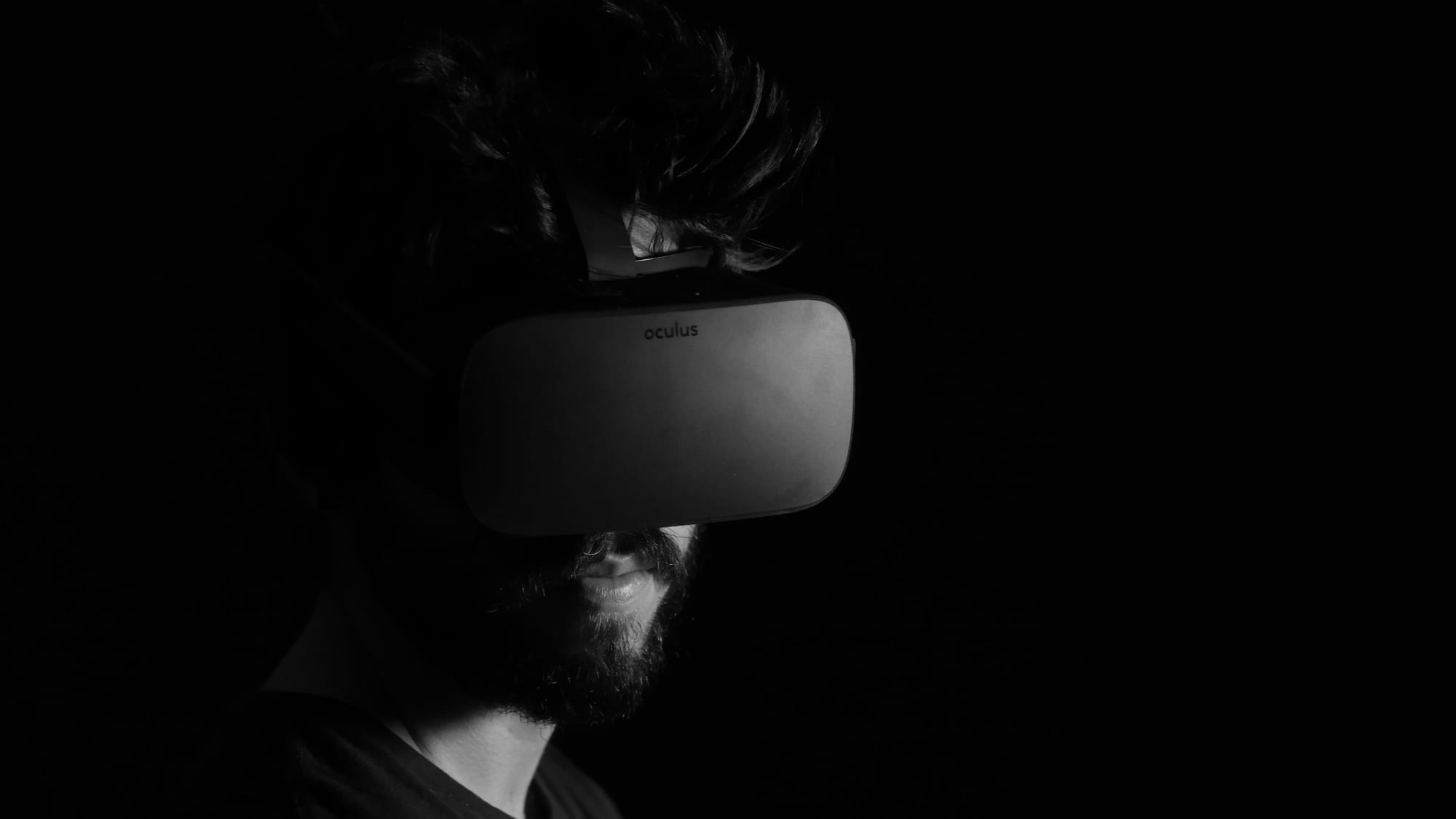
Multiplayer VR games are an incredible tool for strengthening bonds between team members. When we engage in these games, we simulate authentic interactions and improve how we communicate and cooperate with one another. For remote teams, these virtual environments provide a unique and effective way to foster collaboration and enhance team dynamics.
Examples of VR for Team Building
One striking instance where organizations have effectively utilized multiplayer VR games for team building is the case of a tech company that incorporated VR escape rooms into their team-building sessions. By working together to solve puzzles and escape the room, employees honed their teamwork skills and improved their ability to communicate effectively. The immersive nature of the VR experience heightened the engagement level and made the team-building exercise not only enjoyable but also impactful in improving team dynamics.
Long-Term Benefits of Multiplayer VR Games
The potential long-term effects of integrating multiplayer VR games into team-building activities are revolutionary. Regular VR team-building sessions can lead to enhanced team cohesion, better communication skills, increased engagement, and improved problem-solving skills.
It can also contribute to cultural transformation, attracting and retaining top talent, increasing adaptability to change, and fostering a forward-thinking workplace. These long-term benefits can significantly impact workplace culture and relationships among employees, driving innovation and success in the organization.
Related Reading
Can VR Gaming Principles Improve Productivity in Virtual Work Environments
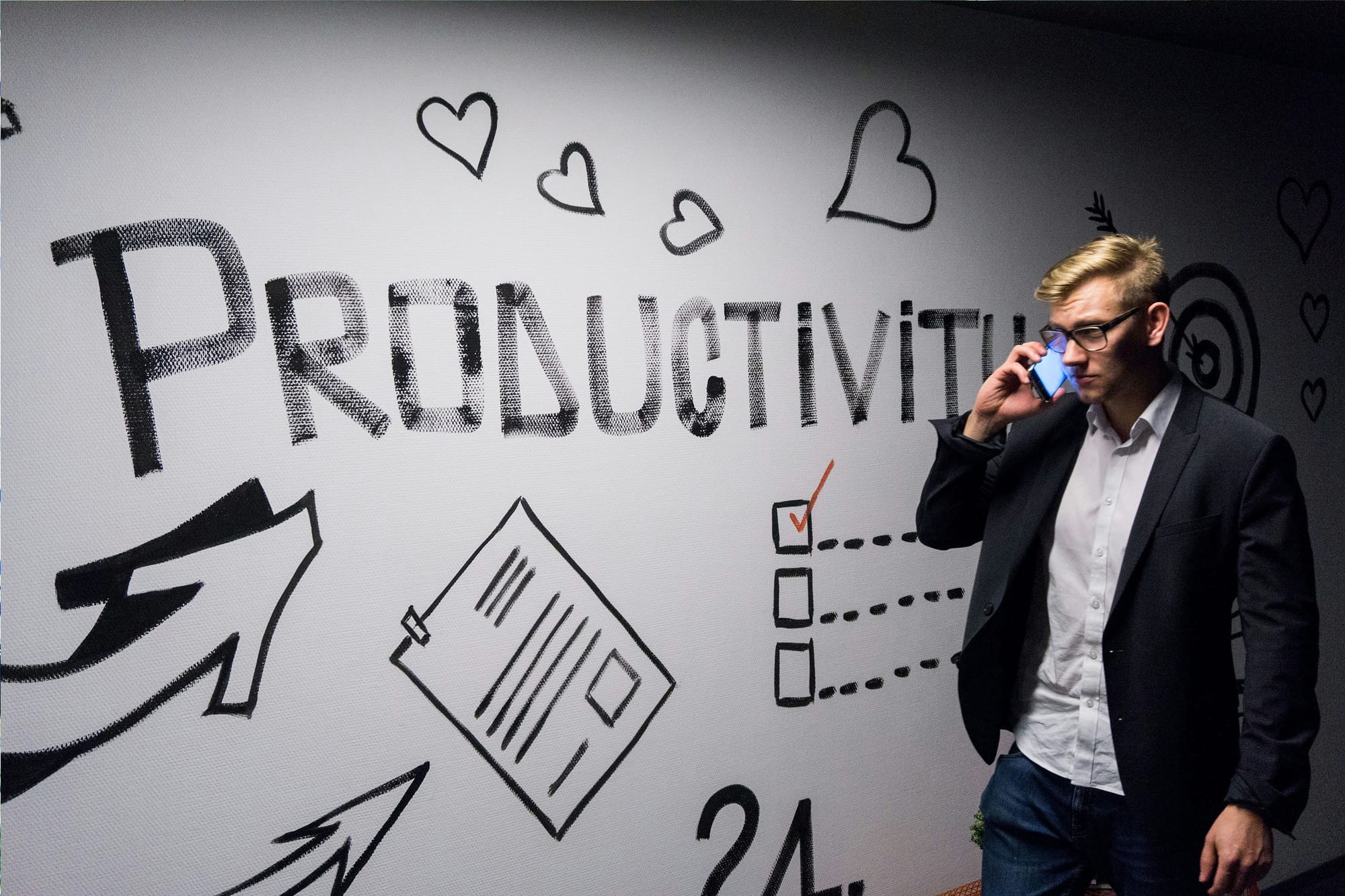
Implementing elements from multiplayer VR games in the workplace can significantly enhance employee engagement and motivation. By incorporating rewards, challenges, and leaderboards into virtual work environments, employees are encouraged to excel.
This motivation leads to increased engagement, job satisfaction, and productivity. Gamification taps into individuals' competitive spirit, encouraging them to perform better in a VR work environment.
Productivity Metrics for VR Gamification in the Workplace
Studies have shown a clear correlation between the gamification of work processes and improved productivity levels. By integrating multiplayer VR game elements into the workplace, employees become more engaged and focused on tasks.
With a more engaging and motivating work environment, employees are more likely to exceed productivity expectations. Online multiplayer VR games have shown that workers holding jobs feel more satisfied with their work, which is a key factor in increased productivity levels.
Psychological Effects of VR Gaming Elements on Employees
The incorporation of game elements in virtual work environments brings numerous psychological benefits to employees. Increased satisfaction, focus, and work performance are all positive emotional and cognitive impacts seen in employees who participate in VR workplace gamification.
By challenging employees to work harder, they become more engaged and focused on their tasks. This focus results in higher levels of achievement and overall satisfaction in the workplace. The integration of multiplayer VR gaming elements into the workplace has a direct impact on improving employees' work performance.
How Do VR Headsets Facilitate Better Communication and Interaction Among Remote Teams

In multiplayer VR games, players feel as though they are in the same room thanks to the technology’s capacity for spatial awareness and voice chat. It enables a new level of collaboration by allowing players to communicate in real-time with their voices and gestures. This development is crucial for enhancing the player experience and fostering team building, making VR multiplayer a promising field.
VR Headsets for Remote Team Interaction
VR headsets are transforming remote team interaction by creating a more captivating experience. It's easier to concentrate on tasks when you feel present in a room with your teammates. The sense of spatial presence that VR offers can help remote team members forge stronger relationships and collaborate more effectively.
The Role of VR in Team-Building
Today, VR is more than just a tool for entertainment. Enterprises are realizing its potential as a team-building tool. Imagine participating in a multiplayer VR game with your co-workers. Whether you're working together to solve problems or fighting enemies, the teamwork required will build stronger relationships between team members.
Remote Team Communication with VR
With the VR headset, it’s as if you're in the same room as your colleagues. It allows for more natural communication, as you can see everyone and everything. Communication tools in VR can make meetings better because people can engage in different ways. Some people may talk, and others may draw diagrams or type notes.
Future of VR in Remote Communication
Five years from now, VR will be in the hands of everyone in a way that's more practical and affordable. As a result, VR will change how we interact with each other. Imagine a future where we all meet in VR for meetings, allowing participants to feel as if they're in the same room.
What Are the Advantages of Integrating Multiplayer VR Gaming Features into Virtual Workstations

Enhanced Collaboration
Multiplayer VR games effortlessly allow teams of employees in different locations to engage in real-time teamwork and problem-solving. These virtual environments create a sense of presence and collaboration that is difficult to achieve through traditional digital communication methods.
By sharing the same virtual space, employees can work together seamlessly across distances, making collaborative tasks more engaging and effective. This enhanced collaboration leads to improved communication, productivity, and overall job satisfaction among employees.
Improved Engagement
Integrating multiplayer VR gaming features into workstations can transform the workplace into a more interactive and enjoyable space. By incorporating elements of play into daily tasks, employees are more motivated and engaged in their work.
This boosted engagement can lead to increased job satisfaction and retention rates, as employees find their work more enjoyable and rewarding. When tasks feel more like play, employees are more likely to be innovative and creative in their problem-solving, leading to better outcomes for the organization.
Innovative Training
The immersive nature of VR gaming offers innovative training opportunities for employees. Complex tasks and procedures can be practiced and learned in an interactive virtual environment, enhancing skill acquisition and retention.
By simulating real-world scenarios, VR training can provide employees with hands-on experience in a safe and controlled setting, allowing them to learn by doing. This type of experiential learning leads to better performance and confidence in executing tasks, ultimately resulting in more skilled and efficient employees.
Increased Productivity
Engaging employees in stimulating VR gaming environments can have a positive impact on productivity. By making work more enjoyable and interactive, employees may complete tasks faster and more efficiently.
The immersive nature of VR gaming can help employees stay focused on their work, reducing distractions and increasing task completion rates. By creating a fun and engaging work environment, organizations can boost their overall productivity and efficiency.
Stress Reduction
Multiplayer VR games can also contribute to stress reduction in the workplace. By offering employees a fun and relaxing way to take breaks, VR gaming can help reduce burnout and improve overall well-being.
These games provide a mental escape from work-related stressors, allowing employees to recharge and return to their tasks with a fresh perspective. The social aspect of multiplayer VR games can foster connections among coworkers, further enhancing stress relief and mental well-being in the workplace.
Better Communication
Compared to traditional digital communication methods, multiplayer VR games enable more natural and intuitive interactions among employees. By creating a shared virtual space for collaboration, VR gaming helps employees communicate more effectively and efficiently.
This enhanced communication can lead to better teamwork, problem-solving, and overall productivity in the workplace. By leveraging the immersive and interactive nature of VR, organizations can facilitate smoother communication among employees, regardless of their physical location.
Creative Problem Solving
The challenges and scenarios presented in multiplayer VR games encourage innovative thinking and creative problem-solving among employees. By placing individuals in virtual environments where they must overcome obstacles and puzzles, VR gaming fosters a culture of creative problem-solving in the workplace.
These games provide a platform for employees to think outside the box, collaborate with coworkers, and develop innovative solutions to complex challenges. By incorporating multiplayer VR games into workstations, organizations can cultivate a more creative and innovative workforce.
Stronger Team Bonds
Multiplayer VR games can help build camaraderie and trust among employees by providing shared virtual experiences and challenges. Through collaboration and problem-solving in virtual environments, teams can develop stronger bonds and better understand each other's strengths and weaknesses.
This increased camaraderie leads to a more cohesive and efficient team, as employees work together more effectively and support each other in achieving common goals. By fostering teamwork and trust, organizations can create a positive and collaborative work environment for their employees.
Cultural Adaptation
Integrating multiplayer VR games into workstations can help induct new employees into company culture and values in an engaging and memorable manner. By immersing employees in virtual experiences that reflect the organization's culture, values, and norms, VR gaming can facilitate cultural adaptation and onboarding.
This immersive approach allows employees to experience the organization's culture firsthand, making it easier for them to integrate into the company and understand its expectations. By leveraging VR technology for cultural adaptation, organizations can create a more inclusive and welcoming environment for new hires.
Future-Ready Skills
Multiplayer VR games prepare employees for future technological advancements and work environments by enhancing their adaptability and digital skills. As organizations increasingly adopt VR and other immersive technologies, employees who are familiar with these tools will be better equipped to navigate and excel in the digital workplace.
By integrating multiplayer VR games into workstations, organizations can help employees develop future-ready skills such as adaptability, problem-solving, and collaboration. This preparation for future technological advancements ensures that employees remain competitive and valuable in the ever-evolving job market.
Related Reading
How Can Virtual Reality Enhance Creative Problem-Solving in Remote Work

VR training programs have been shown to dramatically improve retention by engaging multiple senses during the learning process. The immersive nature of VR allows users to interact with the content in a way that is not possible with traditional learning methods.
By engaging the auditory, visual, and even tactile senses, VR can create a more memorable and impactful learning experience. This can be particularly powerful when trying to foster creative problem-solving skills in a remote work environment.
Realistic Simulations for Enhanced Understanding
One of the key benefits of VR is its ability to create realistic scenarios that allow users to practice and experiment in a risk-free environment. This is particularly useful when trying to develop creative problem-solving skills.
By placing users in scenarios that closely mimic real-world situations, VR can help individuals develop a deeper understanding of complex problems and experiment with different solutions. This trial-and-error process is critical for building the creative thinking skills needed to solve complex problems in a remote work setting.
Engagement and Motivation Through Interactivity
Another key benefit of using VR for skills development is the level of engagement and motivation it can create. VR is an interactive medium that encourages users to actively engage with the content.
This level of interactivity can stimulate learner interest and motivation, leading to more effective education outcomes. By creating an immersive and engaging learning environment, VR can help individuals stay focused and engaged as they develop their creative problem-solving skills.
Accelerated Learning Through Intensive Experiences
VR can also expedite the learning process by providing intensive, focused experiences that are not possible in traditional learning environments. By placing users directly in the middle of a problem-solving scenario, VR can help individuals quickly develop the skills needed to solve complex problems.
This accelerated learning process can be particularly beneficial in a remote work setting, where individuals may need to quickly adapt to new challenges and solve problems without the benefit of face-to-face interaction.
Personalized Learning for Improved Problem-Solving
Finally, VR allows for customized learning experiences that can adapt to an individual's pace and style. This personalized approach to learning can help individuals develop their problem-solving skills in a way that is tailored to their unique needs. By providing individualized feedback and support, VR can help individuals build the creative thinking skills needed to solve complex problems in a remote work environment.
10 Best Multiplayer VR Games in 2024
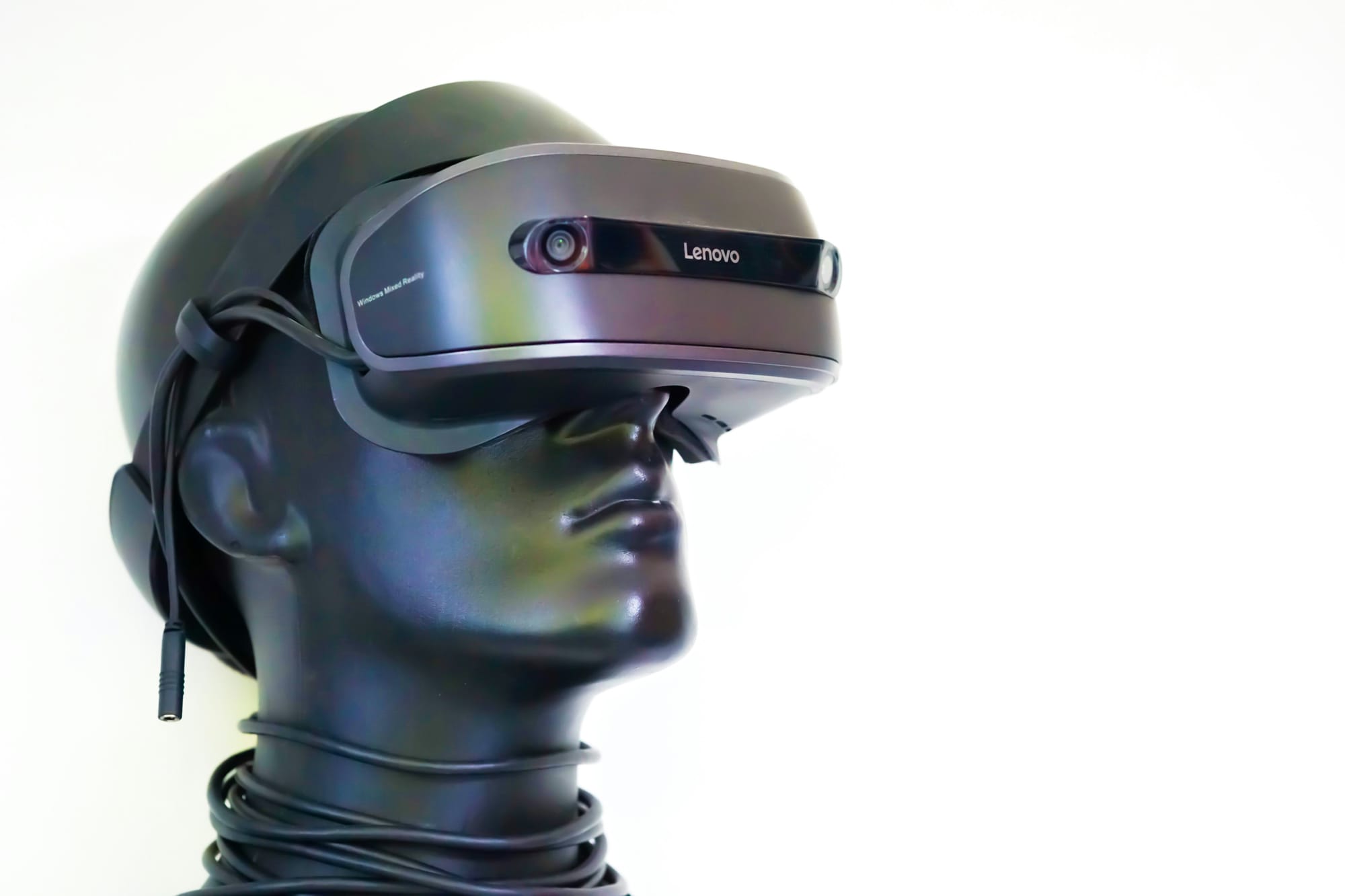
1. No Man's Sky VR
No Man's Sky VR offers a vast, procedurally generated open-world experience where you and up to 32 friends can explore the universe together. Fly spaceships, trade goods, and build bases in this immersive VR adventure.
2. Zenith: The Last City
Zenith: The Last City is a VR MMORPG that combines fantasy and sci-fi elements for a captivating multiplayer experience. Fight, craft, and explore a vast world with other players, engaging in a seamless blend of genres.
3. Demeo
Dive into cooperative dungeon crawling with Demeo, where you and up to three friends can tackle challenging campaigns together. Enjoy tabletop-style gameplay and RPG mechanics for an engaging multiplayer adventure.
4. Pavlov VR
Pavlov VR is a realistic and intense multiplayer shooter that covers various eras, from modern combat to World War I. Emphasizing teamwork and strategy, this game offers an immersive combat experience for players.
5. Arizona Sunshine 2
Join the thrilling cooperative experience of Arizona Sunshine 2, the sequel to the popular VR zombie shooter. Fight off hordes of the undead alongside your friends for an adrenaline-pumping adventure.
6. Population: One
Team up in Population One, a battle royale game that capitalizes on VR's spatial awareness. Outmaneuver opponents using vertical movement with up to two friends in intense multiplayer battles.
7. Rec Room
Explore a free-to-play social VR platform, Rec Room, offering various user-generated games and activities to enjoy with friends or meet new people. Engage in sports, adventure quests, and more for a social VR experience.
8. Racket Club
Master your swing in Racket Club, a fast-paced multiplayer racket sports game challenging players to outmaneuver opponents. Enjoy competitive gameplay and hone your skills in this VR sports experience.
9. Walkabout Mini Golf VR
Experience a relaxing mini-golf game with Walkabout Mini Golf VR, where you can play solo or with up to eight friends. Enjoy imaginative courses set in serene environments for a physics-based VR adventure.
10. Star Wars: Squadrons
Pilot iconic Star Wars starfighters in Star Wars: Squadrons, a thrilling VR space combat game. Engage in intense dogfights with other players for an immersive multiplayer experience in the Star Wars universe.
Complete Step-by-Step Guide On How To Use Fluid's Free Apple Vision Pro Alternative for Meta Quest
Watch these videos to learn more about what Fluid is:
Watch this step-by-step guide to learn how to use Fluid's Free Apple Vision Pro Alternative for Meta Quest:
Get The Apple Vision Pro Experience for A Fraction of The Cost With Fluid
Fluid, a game-changing innovation that offers the ultimate solution for creating flexible workspaces and entertainment on the Meta Quest. With Fluid, users can place large screens in augmented reality wherever they choose. This feature is revolutionary for both work and play in virtual reality. You can create your own virtual workstation with VR/AR using the Meta Quest, with screens of any size.
Fluid offers a flexible solution to remote working and collaboration, aiding long-distance relationships, remote teams, small startups with distributed cofounders, gamers seeking a portable VR/AR gaming setup, students, and many more. Fluid enables users to break free from physical screens, watch content on a large screen from any location, immerse themselves deeply in their work environments, and create a flexible workspace anywhere they go.
Fluid is the ultimate tool for turning a VR headset into a spatial computer for free, offering countless benefits for users.
